Which Of The Following Constitute Direct Emotional Abuse

Emotional abuse, a subtle yet pervasive form of maltreatment, can leave deep scars. While physical violence is readily identifiable, emotional abuse often operates in the shadows, making it challenging to pinpoint and address.
This article examines what constitutes direct emotional abuse, drawing on expert opinions and established guidelines. The goal is to provide clarity and empower individuals to recognize and respond to these harmful behaviors.
Defining Direct Emotional Abuse
Direct emotional abuse involves intentional behaviors aimed at undermining a person's self-worth and mental health through overt actions. These actions are usually targeted, and immediately felt by the victim.
It is different from indirect emotional abuse, which might involve neglecting a person's emotional needs or creating an environment conducive to fear and insecurity through passive acts.
Key Elements of Direct Emotional Abuse
Several specific actions fall under the umbrella of direct emotional abuse. These are not isolated incidents, but rather patterns of behavior, to cause significant distress or harm.
Verbal Abuse is the use of language to degrade, humiliate, or intimidate another person. This includes insults, name-calling, belittling remarks, and constant criticism. For example, telling someone they are "stupid" or "worthless" falls under verbal abuse.
Threats and Intimidation constitute directly threatening someone's safety, well-being, or loved ones. This also involves instilling fear to control their actions. Threats can be explicit (e.g., "I'll hurt you if you leave") or implicit (e.g., menacing gestures or displays of anger designed to scare).
Humiliation is publicly shaming or embarrassing someone. This could involve making them the butt of jokes, revealing personal information without their consent, or deliberately undermining their confidence in front of others.
Isolation involves deliberately cutting someone off from their support network, often to increase control. This includes forbidding contact with friends and family, monitoring communication, or restricting movement.
"Isolation is a common tactic used to increase a victim's dependence on the abuser," explains Dr. Emily Carter, a licensed psychologist specializing in abuse recovery.
Gaslighting is a particularly insidious form of emotional abuse. It involves distorting reality to make someone question their sanity or perception. This often involves denying past events, lying, or manipulating situations to confuse the victim. The victim can be made to feel crazy and not trust their own memory.
Controlling Behavior, where one person tries to dictate every aspect of another's life, is also direct emotional abuse. This can include monitoring their whereabouts, controlling their finances, or dictating their appearance. Such behaviour can also be a precursor to physical violence.
Distinguishing Direct Emotional Abuse from Conflict
It's important to differentiate between direct emotional abuse and normal relationship conflicts. Disagreements, arguments, and even occasional harsh words do not necessarily constitute abuse.
However, if these behaviors become a pattern, are intended to cause harm, and result in significant emotional distress, they may be considered emotional abuse. The intent and impact of the behaviors are key factors.
Impact and Consequences
The effects of direct emotional abuse can be profound and long-lasting. Victims may experience anxiety, depression, low self-esteem, post-traumatic stress disorder (PTSD), and difficulty forming healthy relationships.
Children exposed to emotional abuse may suffer developmental delays, behavioral problems, and an increased risk of mental health issues later in life.
Seeking Help and Support
If you believe you are experiencing direct emotional abuse, seeking help is crucial. Talking to a trusted friend, family member, therapist, or counselor can provide support and guidance.
Resources such as the National Domestic Violence Hotline (in the USA) and similar organizations in other countries offer confidential assistance and referrals to local services. Remember, you are not alone.
Recognizing the signs of direct emotional abuse is the first step towards breaking free from its grip. By understanding the different forms it can take, individuals can protect themselves and others from its devastating consequences. Support and resources are available for those who need them.
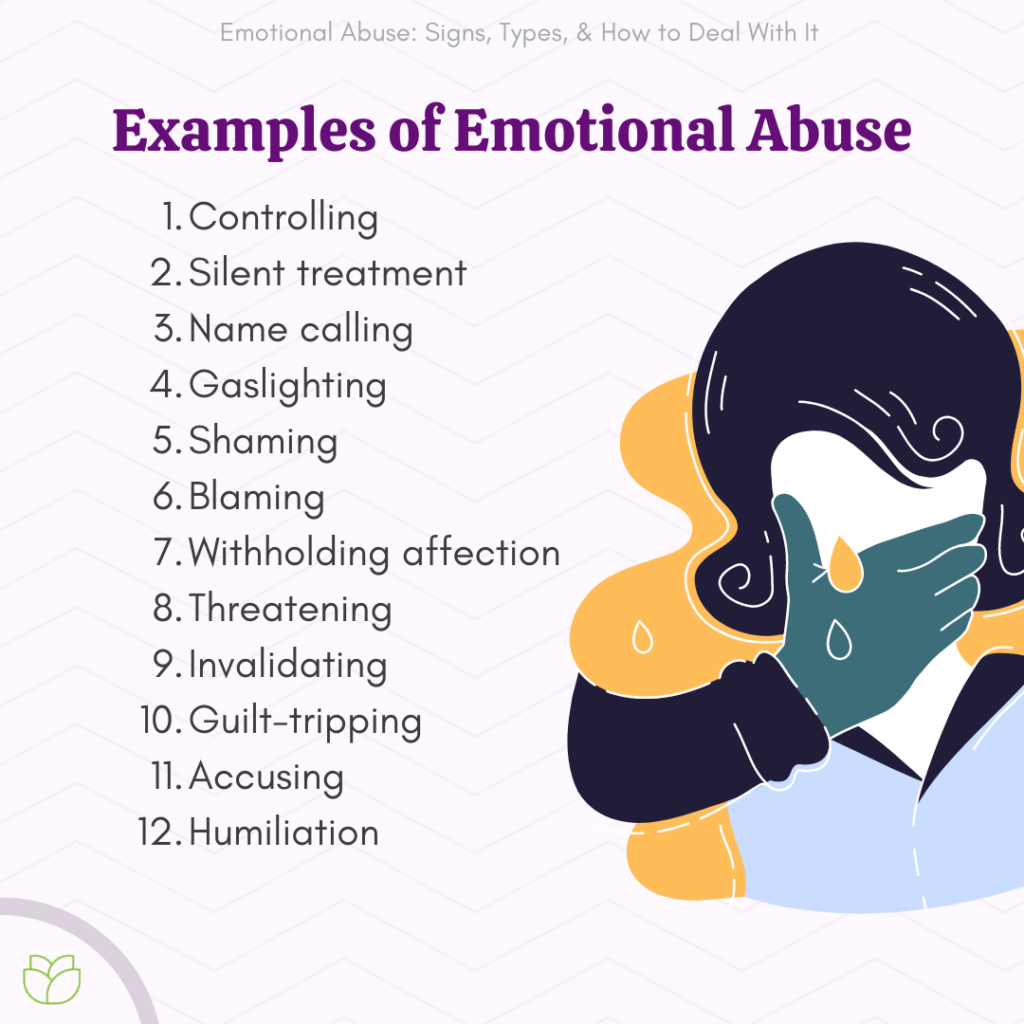


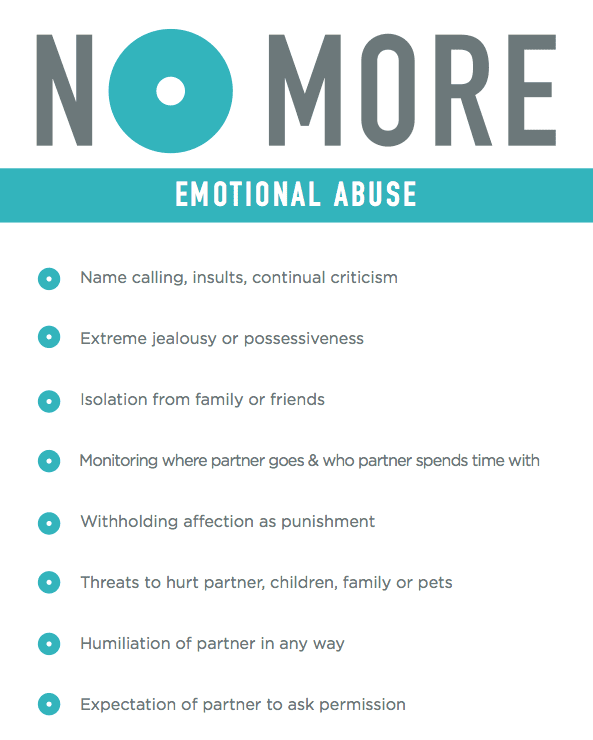
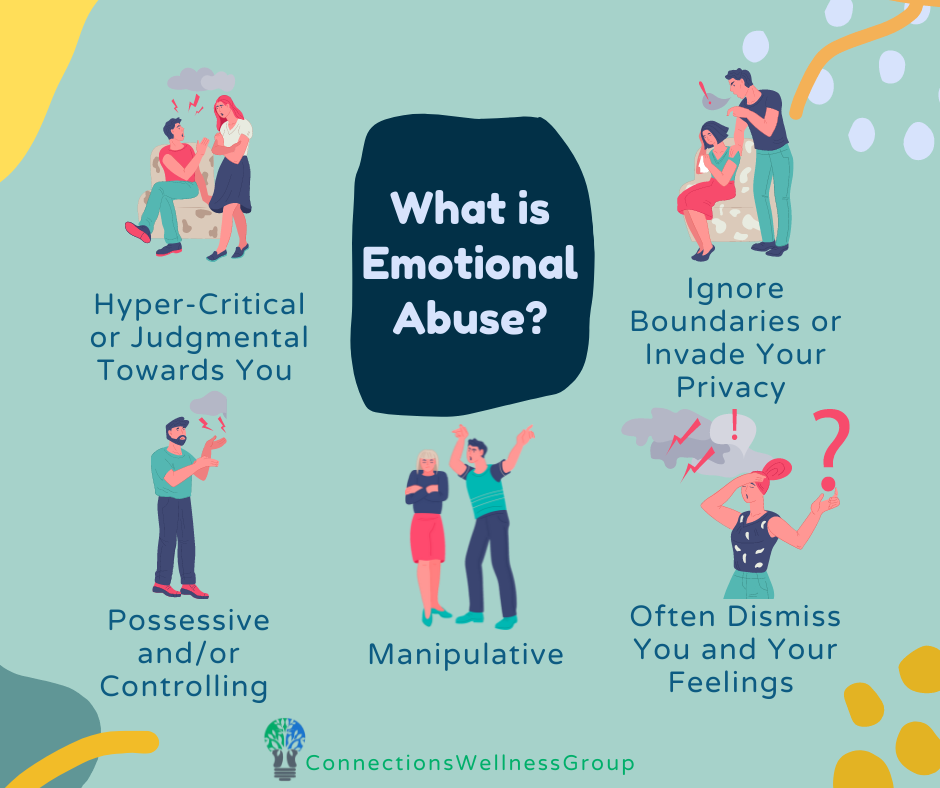

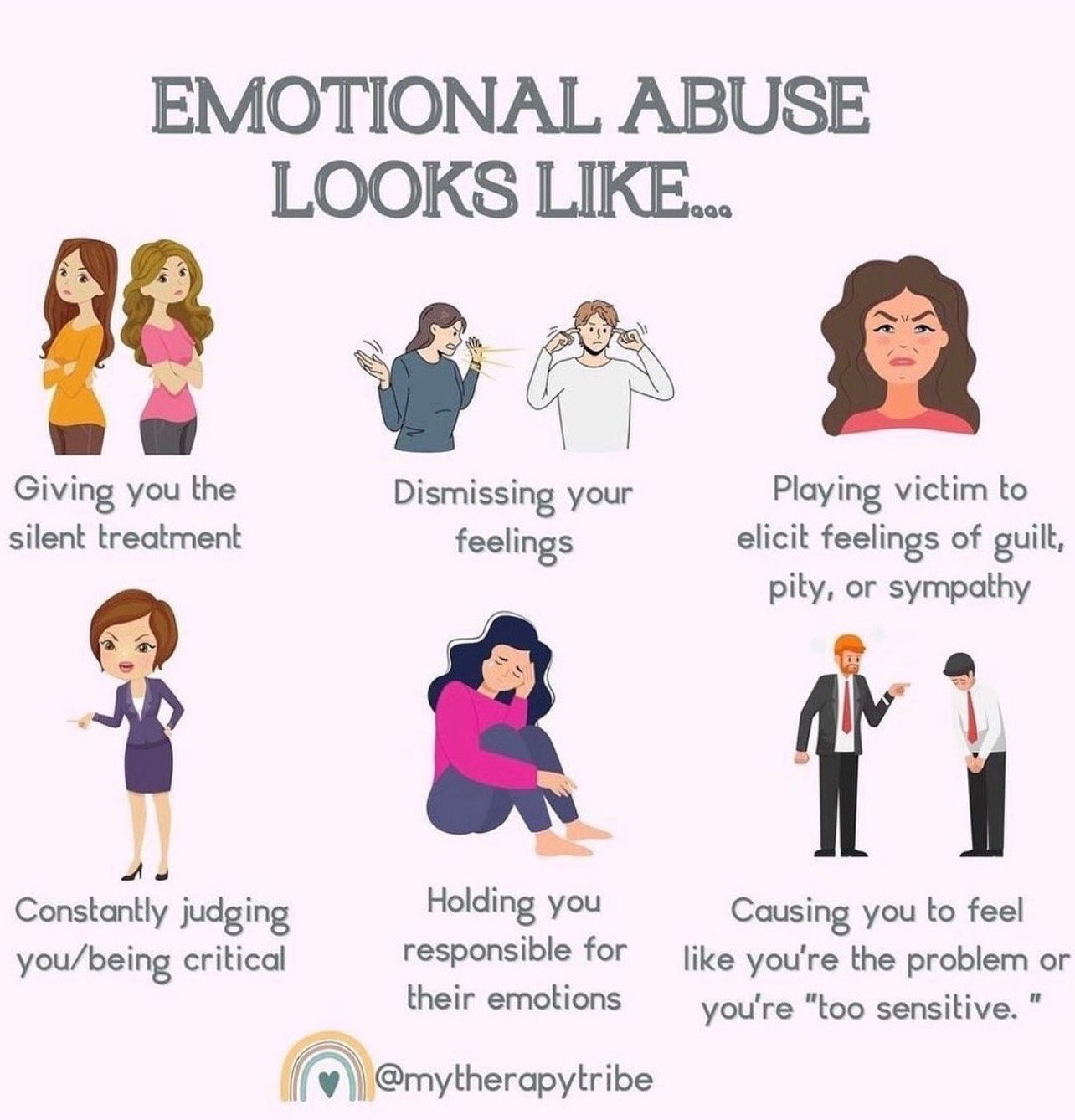
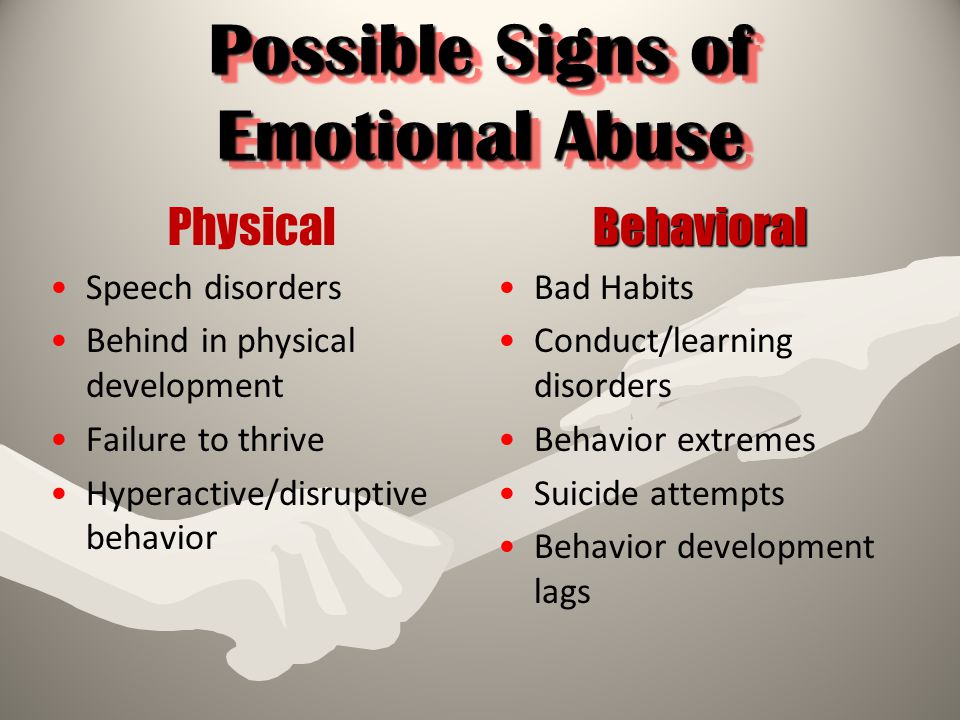

:max_bytes(150000):strip_icc()/types-of-abuse-5212239_final-49ab693e4ded45dbb96736b6d624b5e8.jpg)
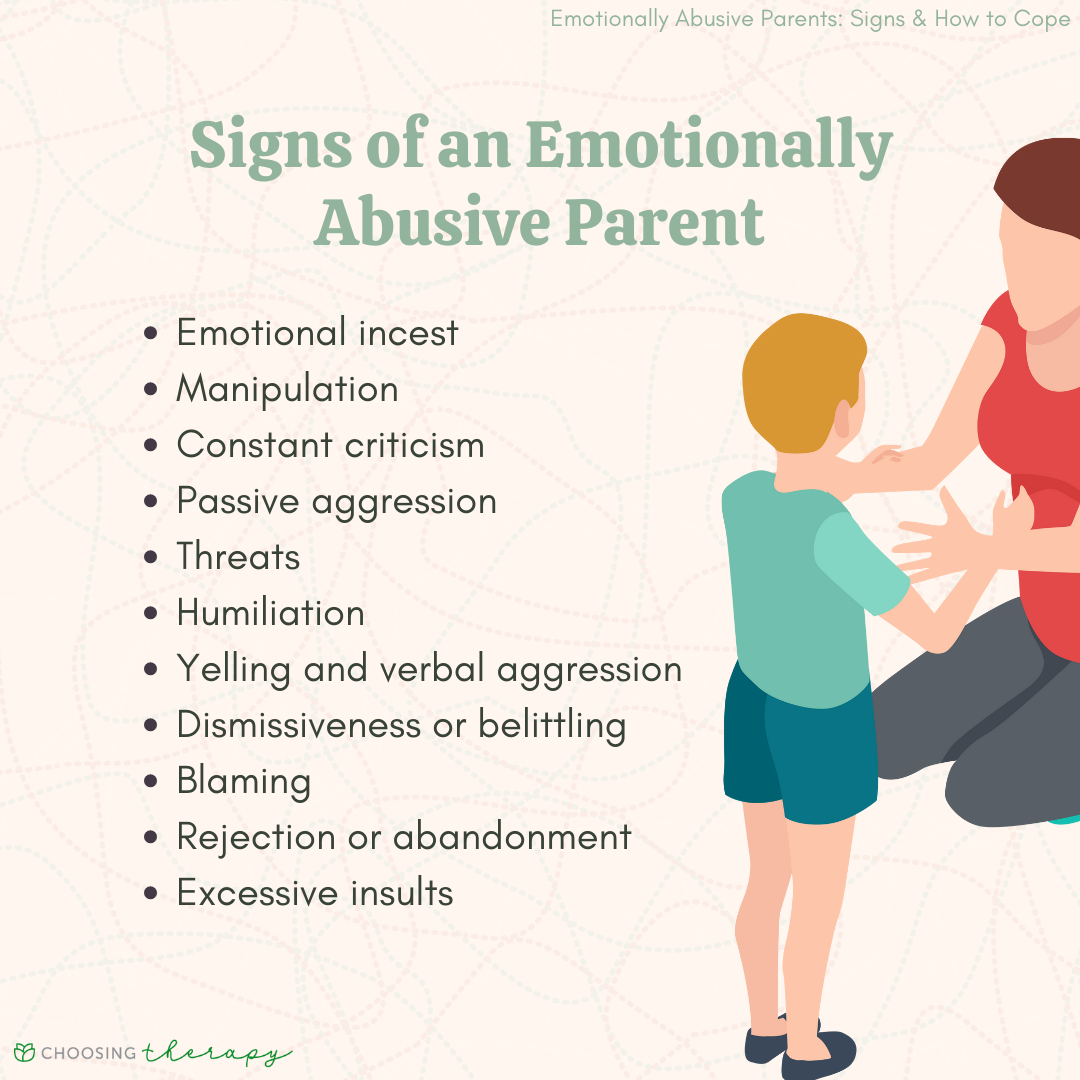

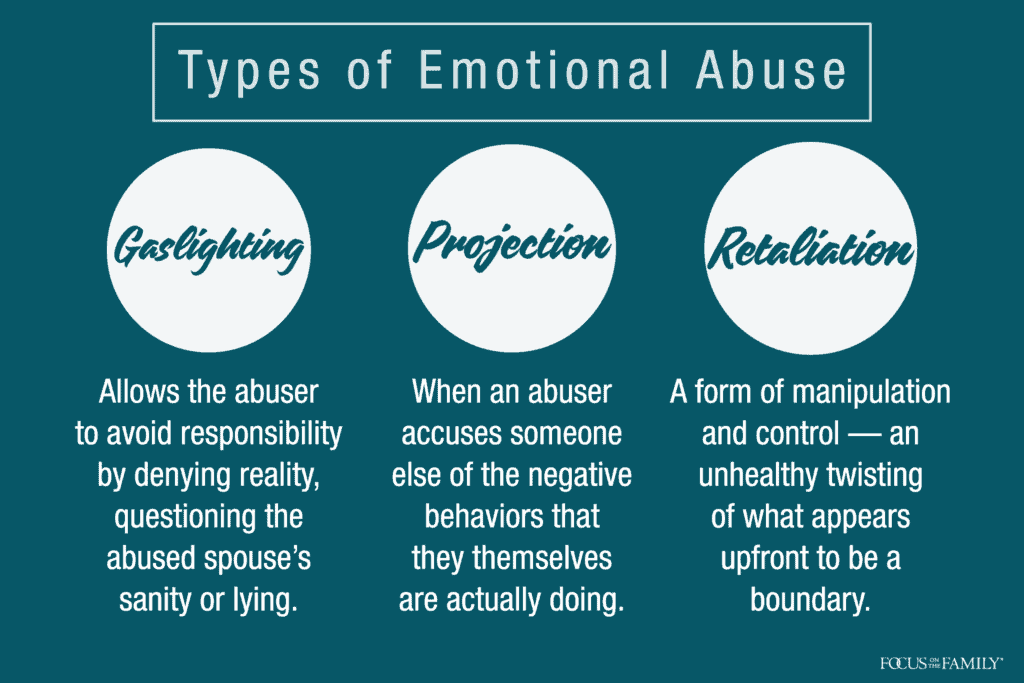
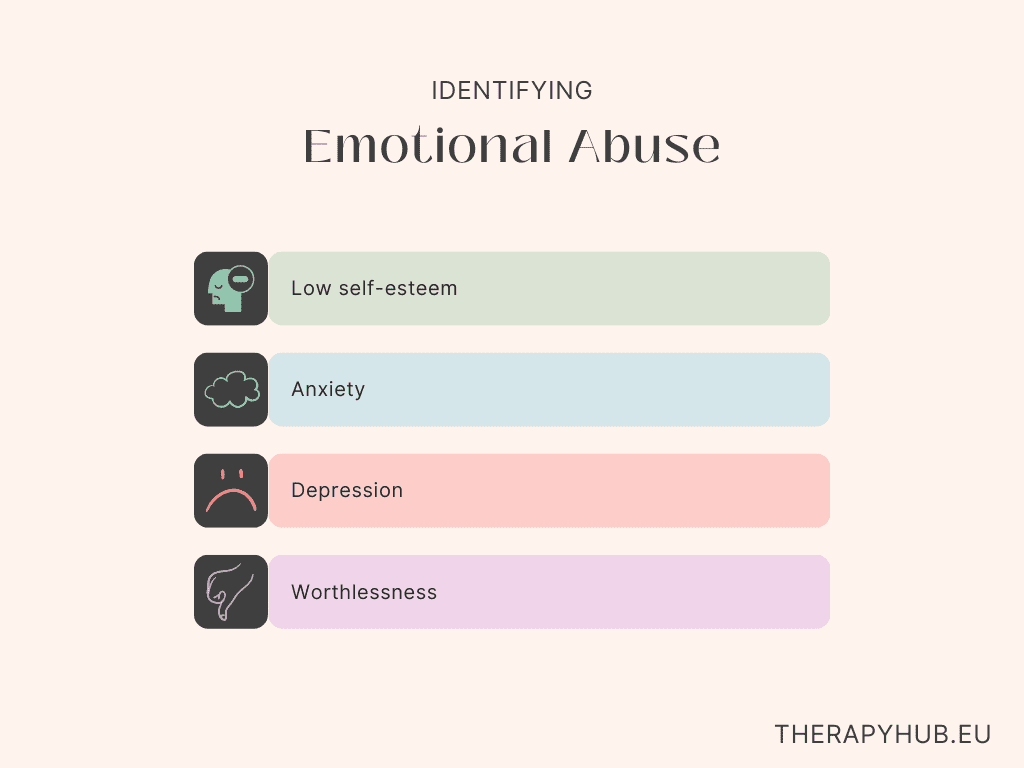
:max_bytes(150000):strip_icc()/what-is-emotional-abuse-5209555-FINAL-6b9a742e35b44ce188356ba18c284a12.jpg)



